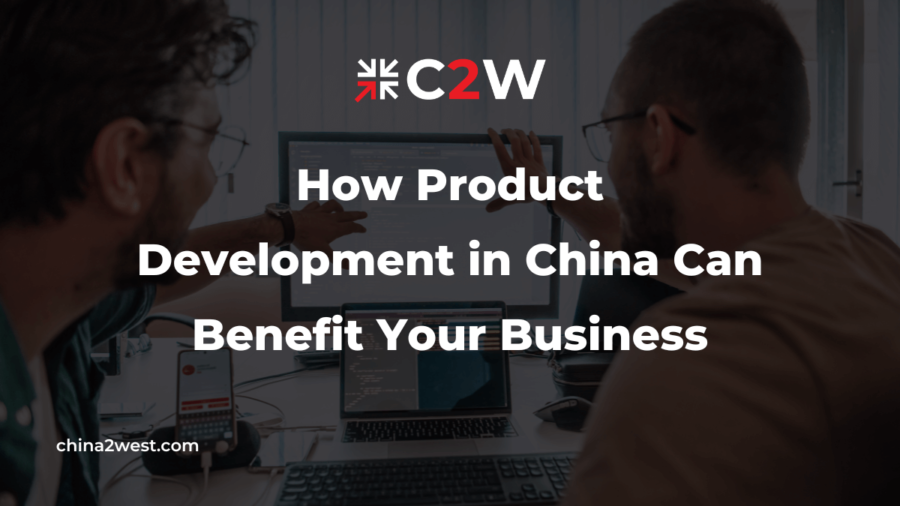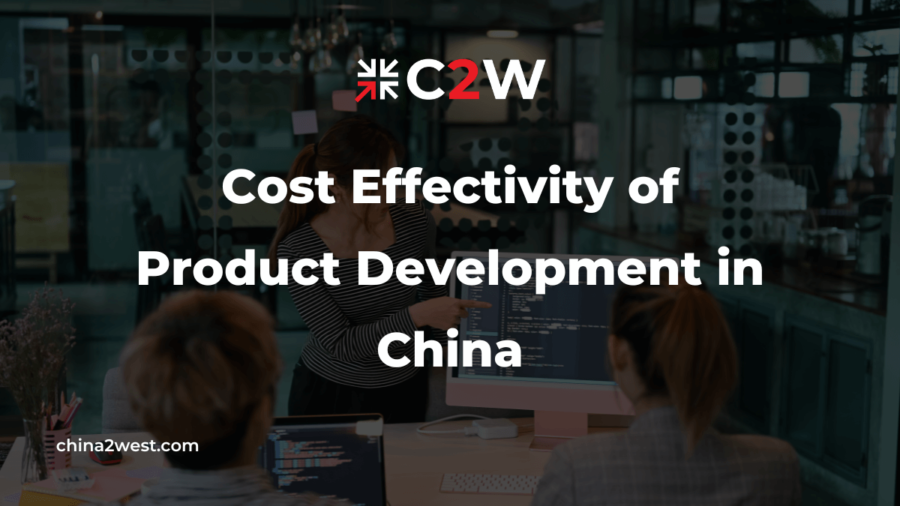It’s important to have a product development strategy that provides a framework not just for creating a new product but also for improving its performance, quality, and cost. Proper product development in China is key to achieving your business goals—whether that’s to enter a new market, sell more to your existing customers, or outstrip your competitors. It’s also crucial if you want to have promotional products done in China. After all, you want promotional products that your recipients will gladly use—not low-quality throwaway items.
The many benefits
Like many small businesses, you probably don’t have the capital to start your own production line, nor do you have the skills and knowledge. And you are not alone. In fact, even big brands are outsourcing their manufacturing functions overseas, specifically to Chinese factories. Not only product development in China cost effective. It’s also the most efficient way to develop a product and get it ready for the market.
Doing all the product development in isolation and simply sending finalized details to a China manufacturer rarely works. Why? Because when developing any product, you need to think about manufacturability—and this is often missed if you don’t work with the factory right from the start. More often than not, ready-made designs need to be redone because they are too expensive to manufacture or are entirely impractical.
Don’t underestimate how complex industrial design can be. If you don’t have the engineering and product design background, your design will likely fail feasibility checks and other tests. This often means starting over and redesigning everything. Do you really want to waste time and money on this? Probably not.
This is why new product development in China right from the start is the most practical way to go. The entire process is visible and clear by industrial engineers who can take your idea and build your vision from scratch. The result? You get a fully functioning product that works exactly like it should. It can be manufactured right away without delays. Ultimately, this keeps costs down and keeps turnaround times short.


